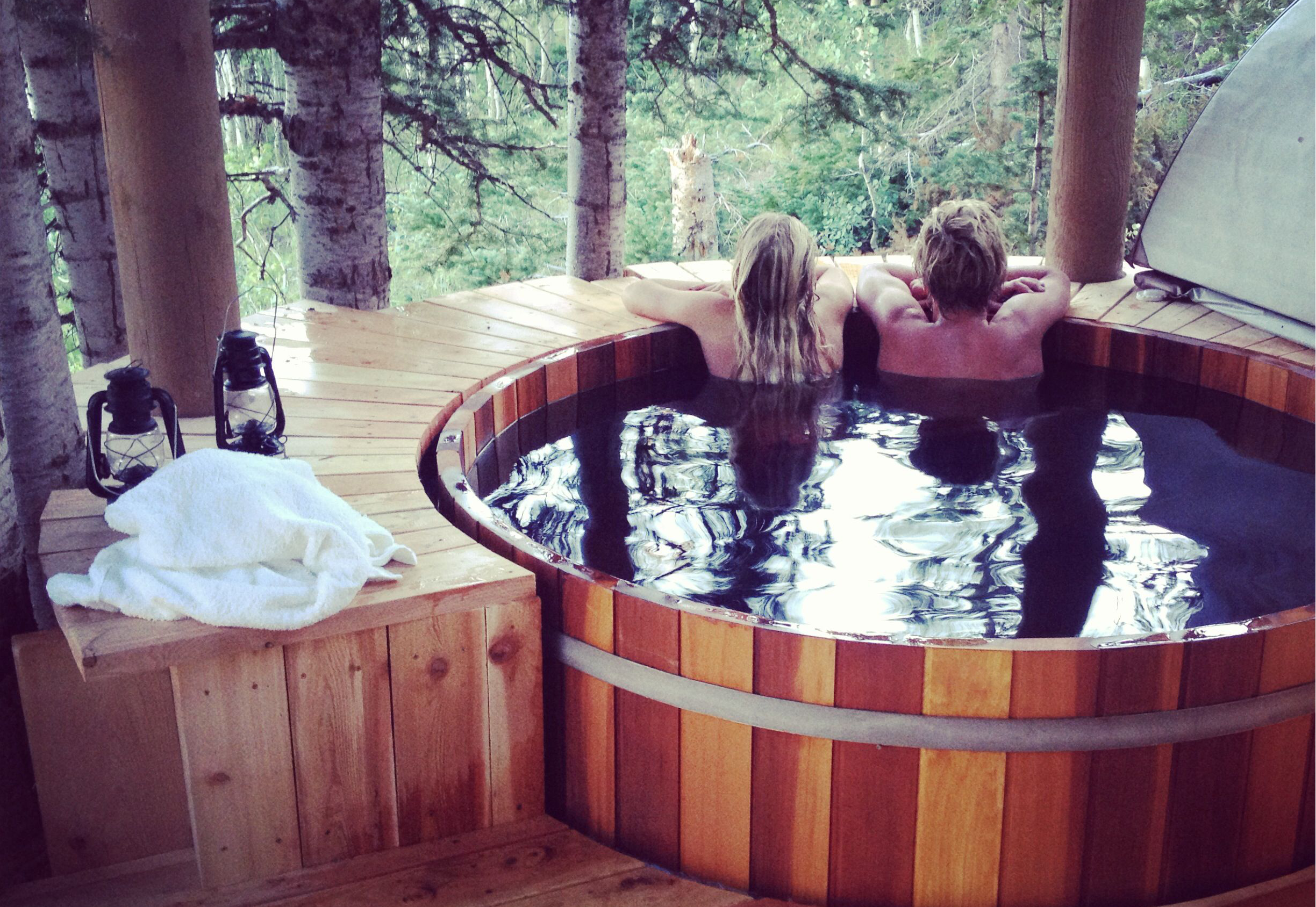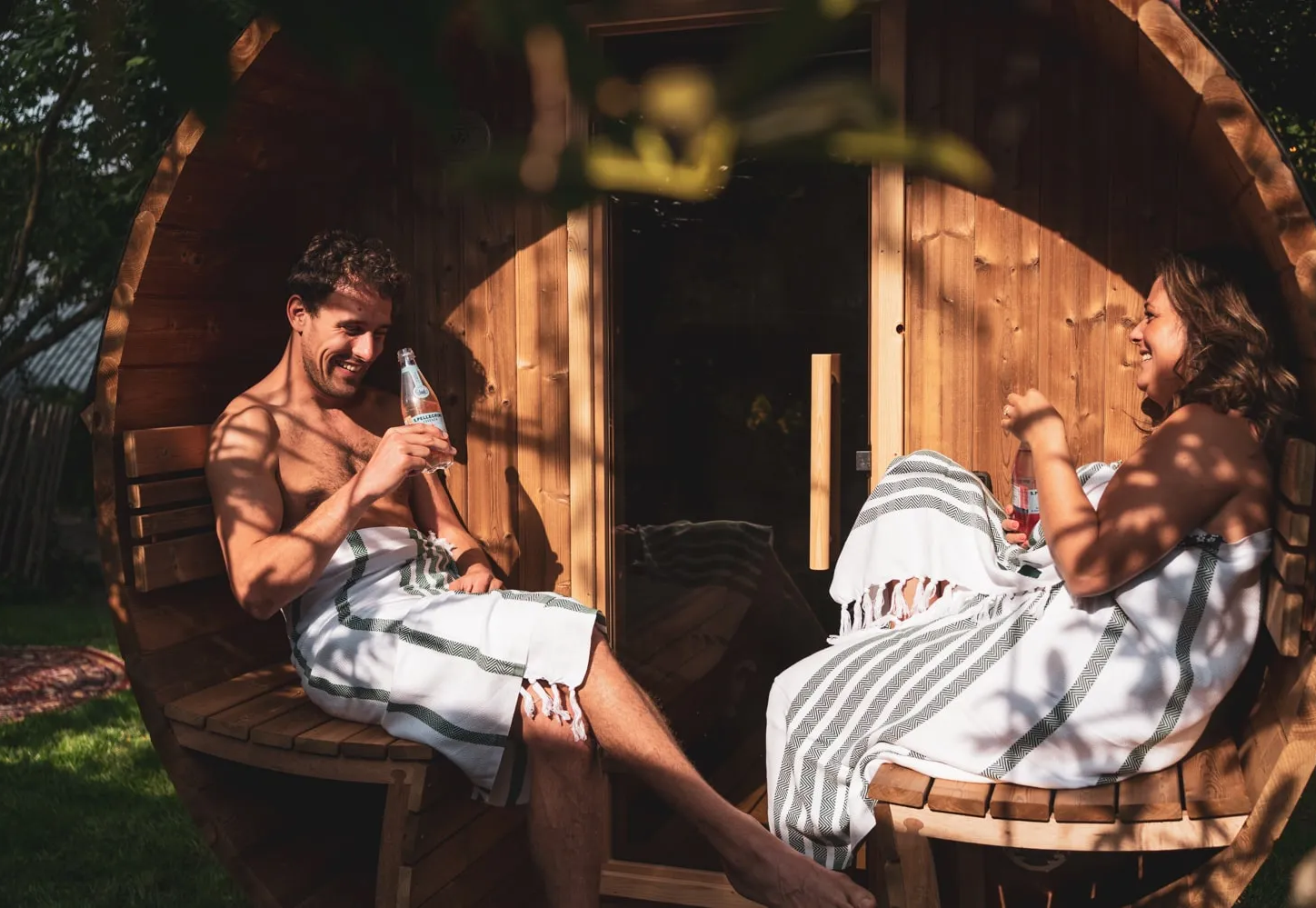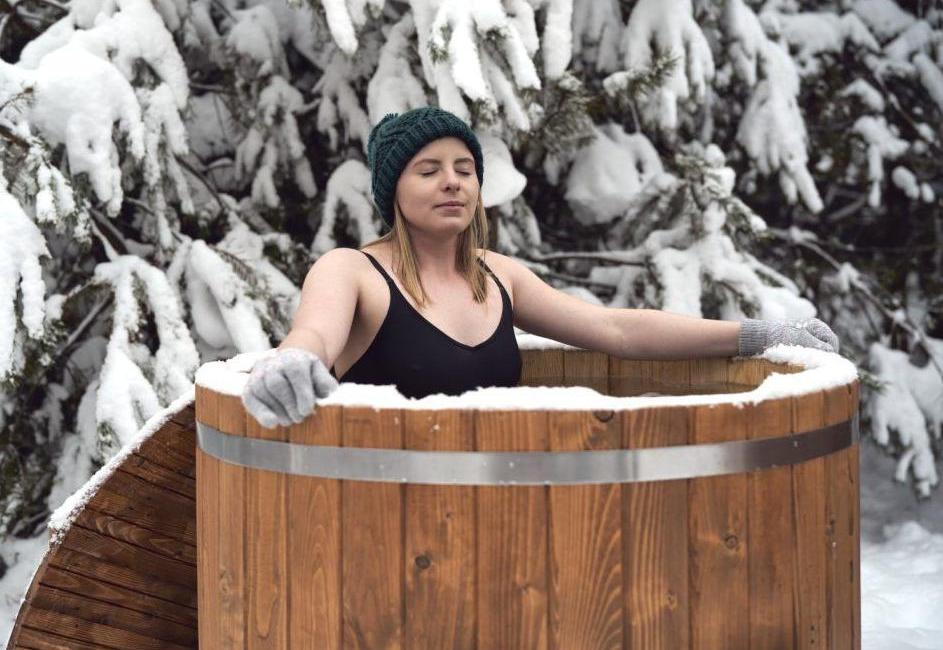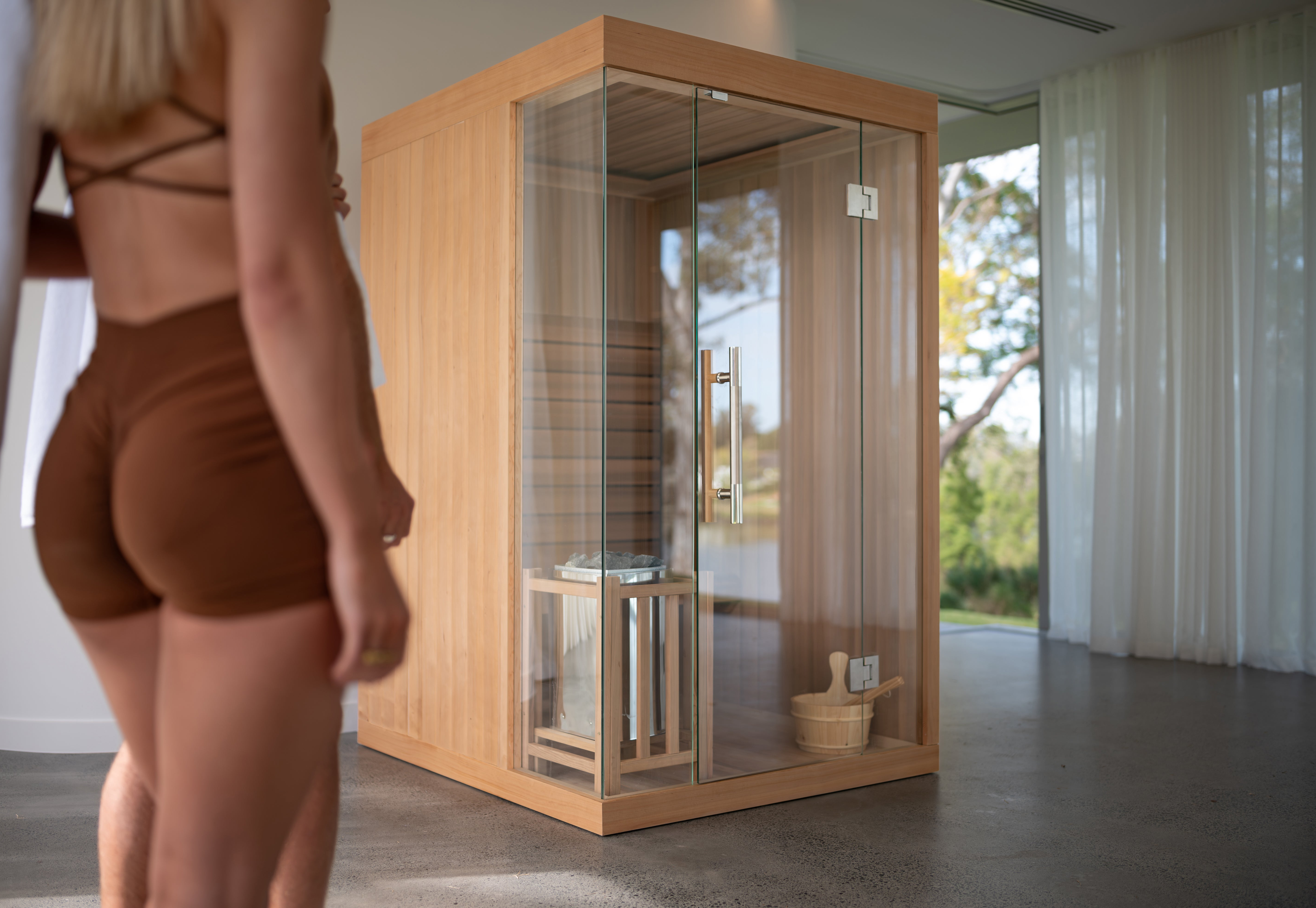Before reading this article, please be aware that this information should not be considered medical advice and that you should consult your healthcare practitioner before making any lifestyle changes.
Taking advantage of the cooling, yet invigorating benefits of ice baths (also known as cold water baths) has become a trend in the wellness industry. We have embraced the lure of these practices and their potential health benefits. However, the key to reaping these benefits lies in understanding and implementing safety measures. This article takes an in-depth look at the use of ice and cold water baths, backed by scientific research, and provides detailed safety tips, including precautions for specific groups such as heart disease patients.
Understanding Ice Baths and Cold Water Baths
Ice baths and cold water baths involve immersing the body in cold water, usually between 10°C and 15°C, but as low as 3°C. This practice is used by athletes, fitness enthusiasts and those seeking health and wellness benefits. Scientific studies show that cold water immersion aids muscle recovery, reduces inflammation and improves cellular stress responses. Exposure to cold water triggers physiological responses including vasoconstriction, reduced muscle soreness and increased blood circulation once warmed up again.
Scientifically Proven Health Benefits
The benefits of ice and cold water baths are not anecdotal. Research suggests that regular cold water immersion may also have protective effects against cardiovascular, obesity, and other metabolic diseases. Athletes have long used ice baths for recovery, and recent studies suggest that the benefits extend beyond the playing field to improve overall physical and mental health.
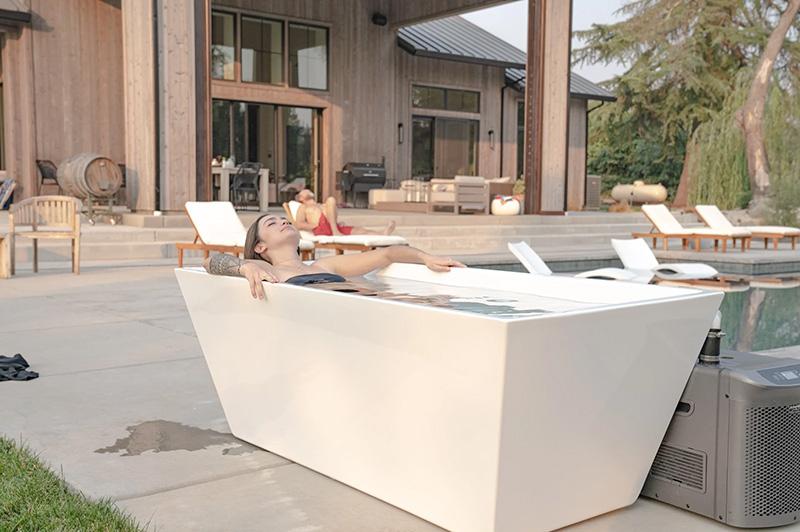
Safety First: A Guide to Ice and Cold Baths
While the benefits are enticing, ice bath safety and cold water bath safety protocols are essential to ensure a positive and healthy experience. Here are some important tips:
- Duration and temperature: The ideal length of an ice or cold water bath varies depending on individual tolerance and health, but is usually 5 to 15 minutes. The water should be cold but not freezing, usually between 10°C and 15°C, but can be as low as 3°C.
- Acclimate gradually: If you are doing a cold water immersion for the first time, start with a shorter time and slightly higher temperature, then gradually increase the immersion time.
- Hydrate: Before taking an ice or cold water bath, make sure you are well hydrated, as your body may lose water during the process.
- Avoid alcohol and drugs: Never take an ice or cold water bath while under the influence of alcohol or drugs, as these substances can impair your body’s natural response to cold.
- Warm up after the immersion: After leaving the cold water, gradually increase the temperature to maximize your body’s response to hormonal stress.
Are cold showers safe for everyone?
While cold showers are safe for many people, some people should be cautious or avoid them altogether. Here are some specific precautions:
- Heart disease: People with heart disease or high blood pressure should consult a healthcare provider before taking a cold water immersion. The shock of cold water may cause a spike in heart rate and blood pressure.
- Respiratory problems: People with asthma or other respiratory problems should be careful, as cold water can trigger respiratory distress.
- Pregnant women: Pregnant women are advised to avoid ice baths and cold water baths, as this may cause stress to the fetus.
- Children and the elderly: Children and the elderly should be cautious in taking ice baths and cold water baths, as their bodies react differently to extreme temperatures.
Creating a safe cold soak environment
Safety goes beyond personal precautions and includes the environment in which you perform an ice bath or cold water shower:
- Supervised environment: Especially for beginners, it is recommended to have someone present or nearby when taking an ice bath or cold plunge.
- Non-slip surface: Make sure the area around the ice bath or cold plunge pool is non-slip to avoid accidents.
- Emergency plan: Have a plan in place in case you have an adverse reaction, such as feeling dizzy or extremely uncomfortable.
Conclusion: Be cautious in anticipating the cold snap
Ice baths and cold water baths can provide significant health and wellness benefits if done with caution and care. By following these safety tips and taking your personal health into consideration, you can safely incorporate these practices into your health care plan.


